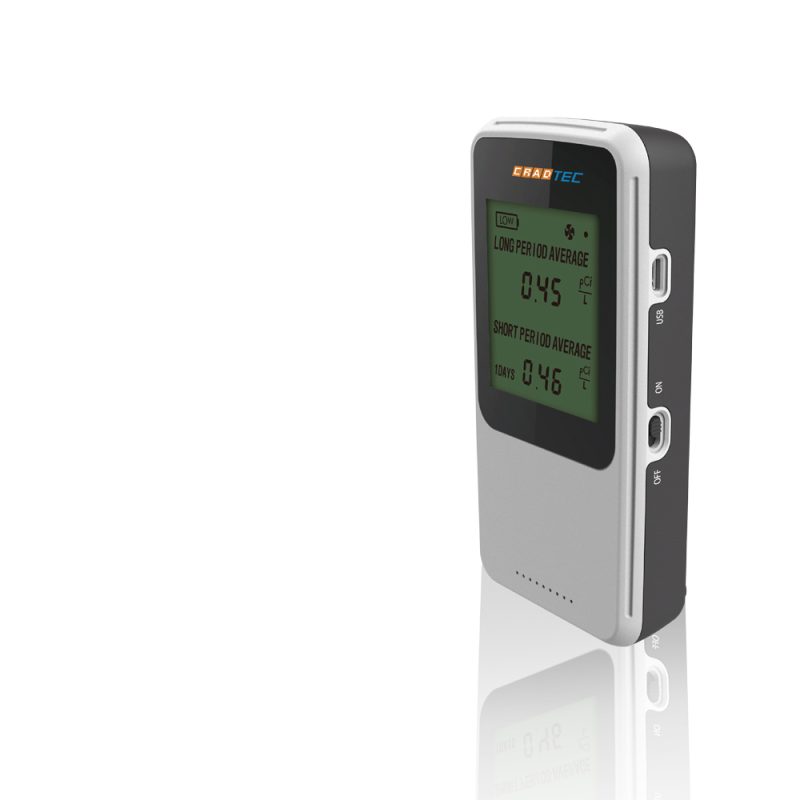Knowledge
Why Cradtec radon detector do not need calibration?
In discussing radon detectors, particularly the calibration aspect, it’s essential to understand the nature of these devices and the technology they utilize. Radon detectors are designed to measure radon gas levels, a radioactive gas that poses significant health risks in high concentrations. There are various types of radon detectors available for consumer use, including digital, charcoal canisters, and alpha track detectors. Each type has its method of detecting radon and varying levels of sensitivity and accuracy.
Consumer radon detectors, especially those made by reputable companies like Cradtec (known for their Cradtec radon detectors), are engineered with long-term stability and reliability in mind. The question of why consumer radon detectors do not need calibration often arises from their operational principle and design.
Pre-calibrated: Most high-quality consumer radon detectors are pre-calibrated in controlled environments before they are shipped. This initial calibration ensures that the devices are accurate enough for general home use. Companies like Cradtec ensure their products, such as the Cradtec Radon Detector, meet certain accuracy standards out of the box.
Long-term Stability: These detectors are designed with long-term stability in mind, using components that minimize drift over time. This stability means that the detector’s sensitivity and accuracy remain within acceptable ranges for several years after manufacture, reducing the need for regular recalibration.
Self-adjusting Algorithms: Some advanced models incorporate algorithms that adjust to environmental factors such as temperature and humidity, which can affect radon detection. These smart features help maintain accuracy over time without the need for manual recalibration.
Regulatory Standards and Consumer Expectations: The regulatory standards for consumer radon detectors do not typically require post-purchase calibration. Additionally, the expectation for these devices is to provide an indication of radon levels over time rather than precise measurements needed for scientific research or professional assessments.
Cost and Convenience: Calibration requires the detector to be sent to a lab, which can be both costly and inconvenient for the consumer. Given the detectors’ designed accuracy, stability, and the non-professional nature of their use, manufacturers often deem the need for regular calibration unnecessary.
Limitations of Calibration: Calibration can ensure accuracy, but it’s important to note that radon levels can fluctuate significantly over time and space within a single home. Therefore, the practical benefits of calibration may be limited compared to the importance of long-term monitoring and taking average readings over different seasons and conditions.
Incorporating a specific product like the Cradtec Radon Detector into the discussion exemplifies the balance between accuracy, convenience, and cost that manufacturers aim to achieve. Cradtec’s devices are a testament to the technology’s advancements, offering reliable radon detection for consumers without the need for regular calibration. This approach ensures that homeowners can monitor radon levels effectively and take necessary actions to mitigate exposure without the hassle and expense of professional-grade equipment maintenance.



